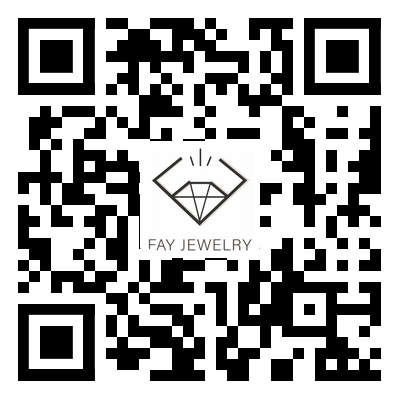Four C's for Diamond Choosing
Choosing the right diamond takes experience, skill and time. There are many different factors to consider, the most important one is Four C’s.
Carat
A diamond's weight is measured in units called carats, each carat equal to about one fifth of a gram. The word comes from the tiny seeds of the carob tree, which are naturally uniform in size and weight and therefore made the perfect measurement for weighing diamonds in the ancient Middle East.
A carat is usually expressed in points (1/100ths of a carat) so that a half-carat diamond measures 50 points. For well-cut round brilliant cut diamonds, the relationship between carat-weight and diameter can be shown in the diagram.

Cut
The term cut is used to describe the accuracy of the angles and proportions of the facets of a polished diamond. This precision governs the interaction between the diamond and light, which greatly determines the overall appearance of the diamond.
Cut is the only one of the four C’s that is influenced by man. Every diamond in the world has been carefully cleaved, cut and polished by hand using experienced eyes and traditional techniques.
An important example of how cut can affect a diamond’s brilliance is the depth. A well-cut diamond with the correct depth will allow the maximum amount of light entering through the top of the diamond to be reflected back to the viewer, resulting in a high level of brilliance and fire.
Color
Color is the most important consideration, because the color of a diamond is easy to see. With the exception of fancy-colored diamonds, as little color as possible is considered the most desirable.Color is normally graded using the GIA scale from D to Z. The whitest diamonds (colors D to F) are extremely rare and very much popular. The slight trace of yellow found in most diamonds is caused by the presence of nitrogen in the diamond's atomic structure.

Clarity
Light passing through a diamond is affected by inclusions. Clearer diamonds are far rarer and more valuable than those with many or large inclusions.
A diamond’s clarity is usually recorded by the clarity scale.
It is important to note that inclusions come in a range of colors and sizes and can be located anywhere in the diamond, so this is a key factor to consider carefully.
All this care and attention is given with just one aim - selecting the best diamonds for clients.



